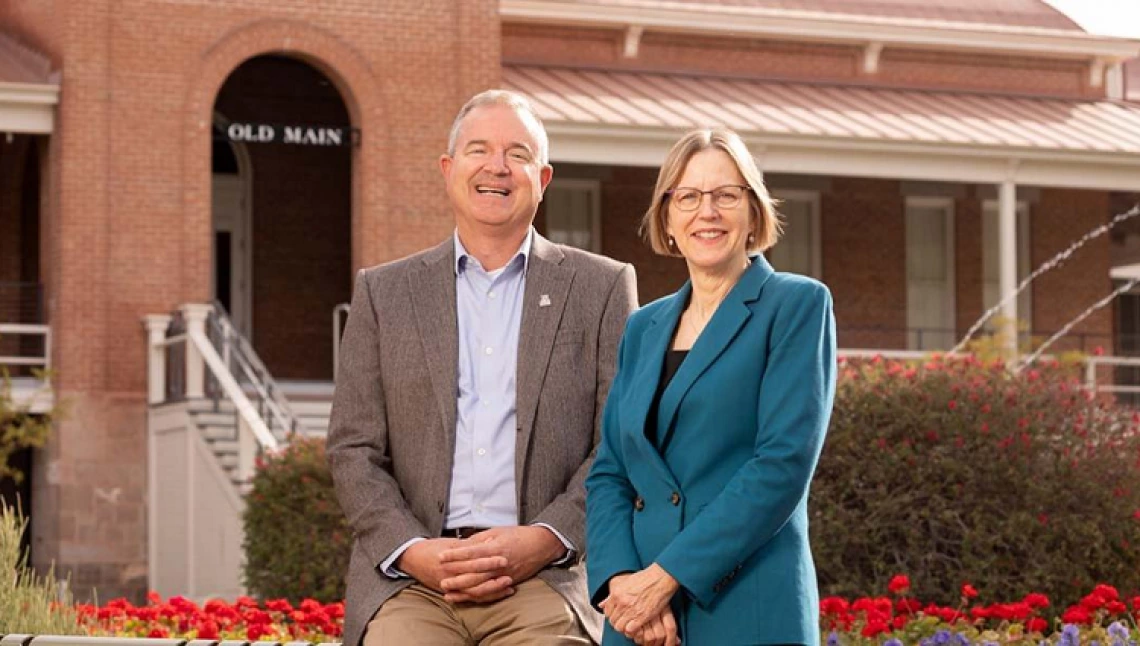Joining Engineering and Health Science To Improve Cancer Treatments

A new initiative from the University of Arizona, with funding from the state's New Economy Initiative, aims to improve cancer treatments by combining the fields of engineering and health science. The $10.8M Cancer Engineering Initiative involves identifying how cancer cells in diverse environments mimicking human tissues respond to imaging methods, drugs, blood flow conditions and mechanical stresses. 3D printing is key to formulating tissue models that allow for the study of cancer initiation, growth, metastasis and response to therapies.
"We've cured cancer in petri dishes, and we've cured cancer in mice. We haven't cured cancer in people, because people are none of those things," said Thomas R. Brown Distinguished Chair in BME Jennifer Barton, director of UA's BIO5 Institute.
The initiative began with David W. Hahn, the Craig M. Berge Dean of the College of Engineering, and Joann Sweasy, the Nancy C. and Craig M. Berge Endowed Chair for the Director of the University of Arizona Cancer Center. They formed a working group around a shared vision: Merge engineering and cancer research to better account for the realities of how and where cancers grow to improve diagnosis, prevention and precision treatments for cancer.
Many of the standard cancer treatments currently in use are not tailored for specific patients and sometimes not for the exact type of cancer present.
"These treatments often do a good job of killing select populations of cancer cells sensitive to the treatment," said Arthur Gmitro, professor and head of the Department of Biomedical Engineering and a member of the initiative's working group. "But, often, there are remaining cancer cells that have evolved to be less sensitive to that kind of treatment."
With 3D-printed growth environments, referred to as biomimetic because they mimic human tissue, engineers can help develop precision treatments. Researchers can place cancer cells from a patient into these environments to test the efficacy of treatments specific to those cells, thereby developing precision treatment strategies, Gmitro said.
